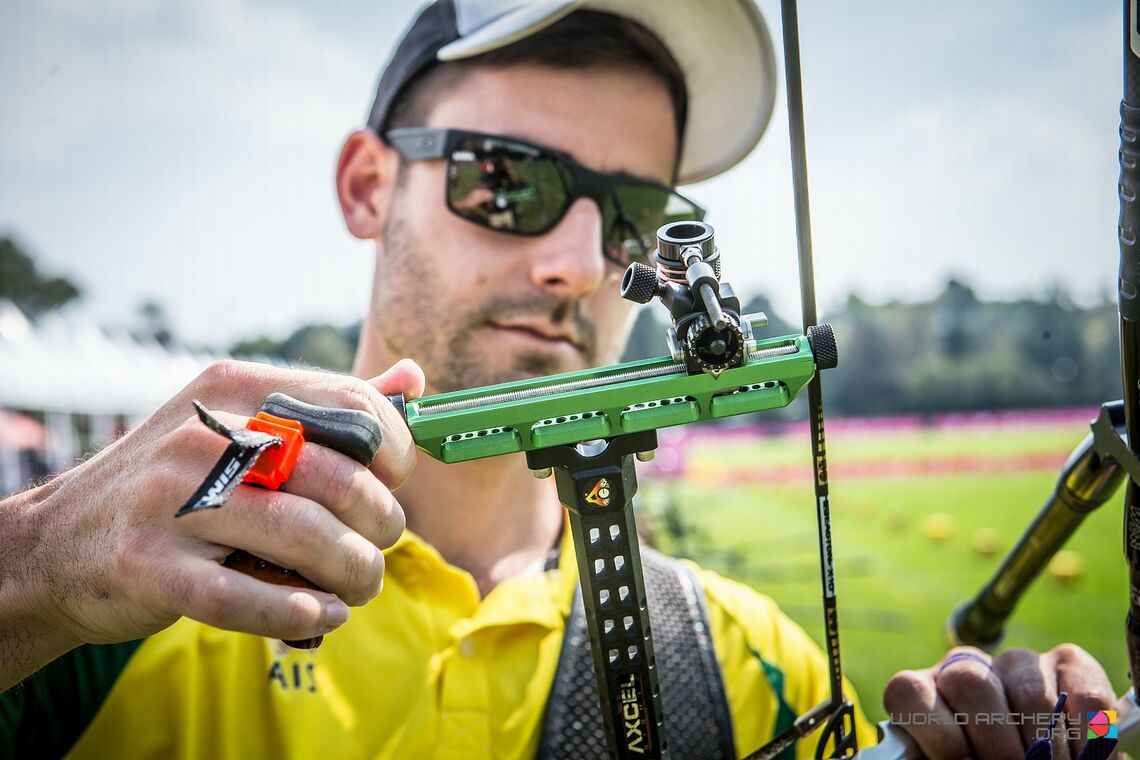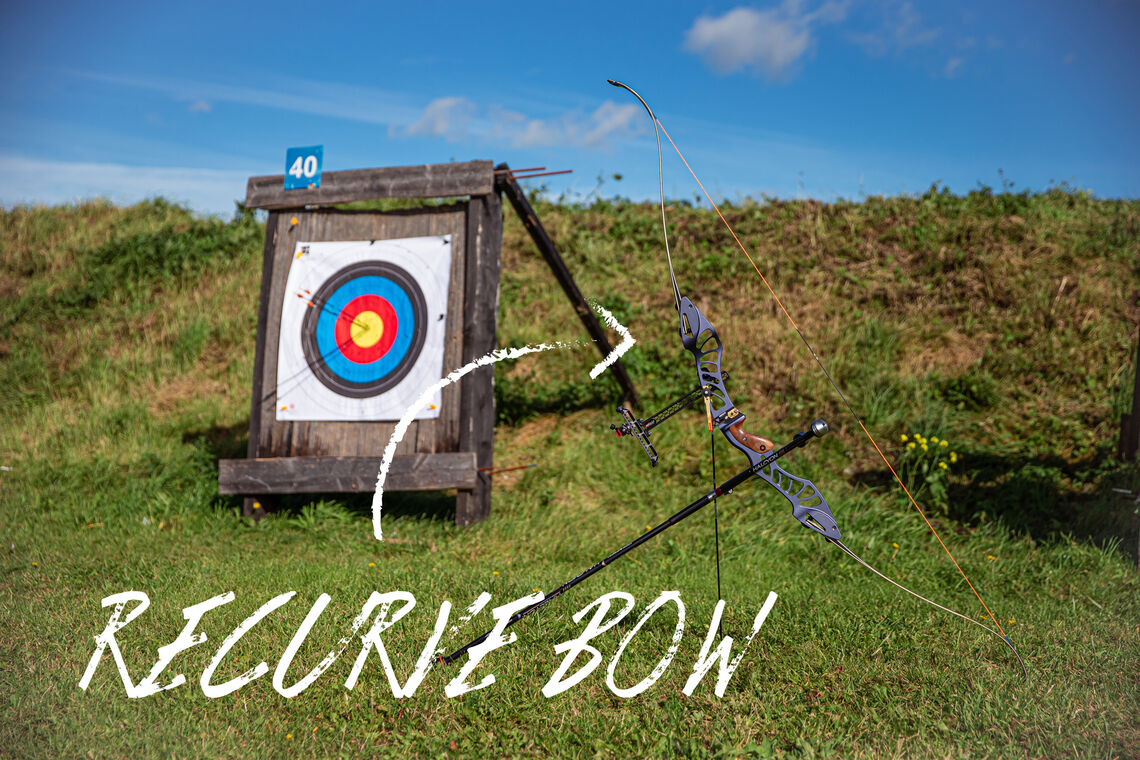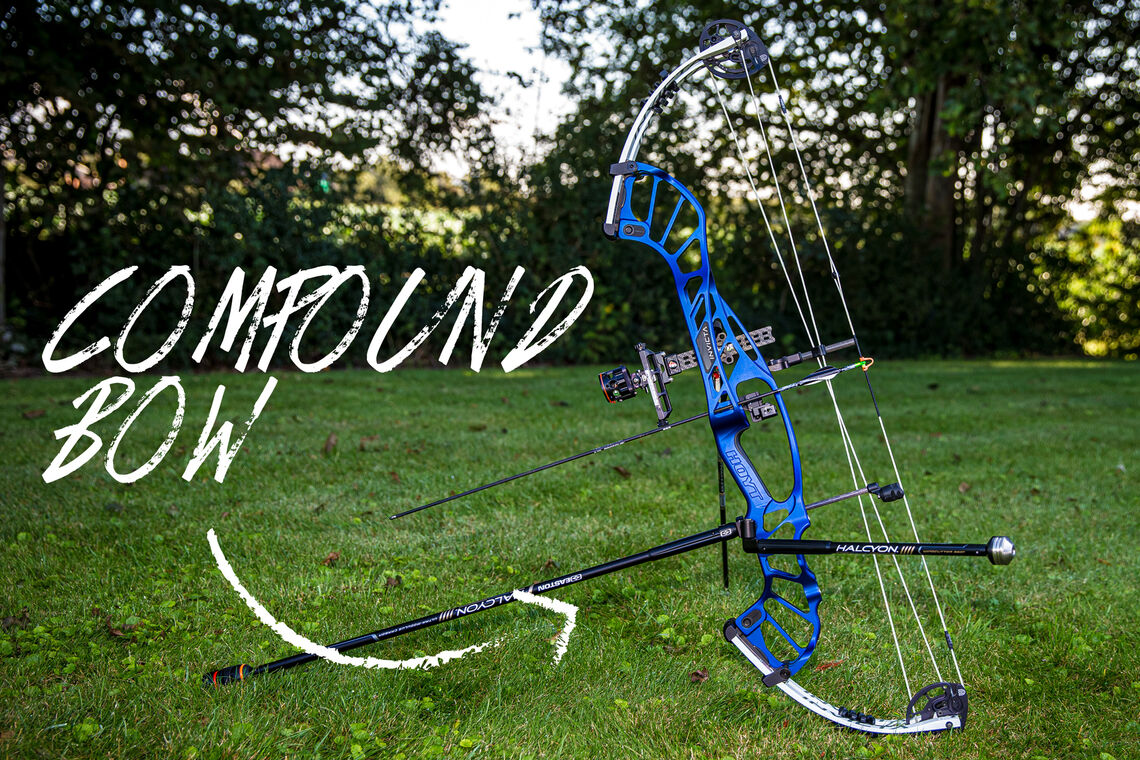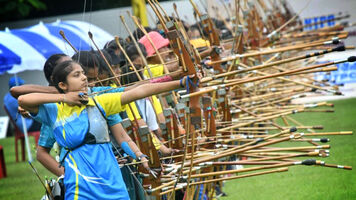
Equipment
Recurve and compound are the main categories at international events.
International archers spend countless hours selecting, perfecting and maintaining their equipment. Bows and arrows are tuned to match the archer's size and strength. Everything is customized to fit the archer's specific needs.
The World Archery Rulebook details the equipment permitted for use at international events across several competition categories. The main categories are the recurve bow, which is the style of bow used at the Olympic Games; the compound bow, which is included at most other major events; and the barebow.
Other categories include the instinctive bow and longbow for 3D archery, as well as equipment specific to the W1 and visually impaired categories used in para archery.
There are many types of bow that are not detailed in the rules, which are written solely to regulate international competition. Examples of this are the compact composite bows, originally designed to be used from horseback; bows used in martial arts, like kyudo; and the many other styles of traditional bow deeply rooted in regional histories.
World Archery does not recognise or regulate crossbows.


Competition categories
The recurve bow is the modern evolution of traditional bows that have existed for thousands of years and is the style featured at the Olympic Games. The energy stored in the limbs as the bow is drawn is transferred to the arrow upon release, sending it downrange at speeds of more than 200 kph. Modern recurve bows are built using technologically advanced materials and methods, though many manufacturers integrate natural materials.
The compound bow was invented in the 1960s as a more mechanically efficient piece of archery equipment and was recognised by World Archery in the 1990s. A system of pulleys and cables makes it easier to hold the bow at full draw and more efficient in transferring energy to the arrow. Archers use magnifying sights and mechanical release aids, making the compound decidedly more accurate than other types of bow.
The barebow is a basic style of bow that is mechanically the same as a recurve but does not use accessories to aid in aiming or stabilisation. When unstrung, a barebow must fit through a ring measuring 12.2 centimetres in internal diameter. Historically, the style has been used primarily for the discipline of field archery, but barebows are now also recognised for target archery.
Arrows
Modern competition arrows are made of aluminium, carbon fibre or a combination of both materials. They are manufactured to tiny tolerances to ensure each arrow in a set – usually a set of a dozen – is closely matched in weight and size. Arrows are used and reused thousands of times by an archer.
The shaft of an arrow, its body, is hollow. The thickness and strength of the material used to make the shaft defines the arrow’s spine. The more powerful the bow, the tougher the spine of arrow that is required. Some shafts are barrelled or tapered, meaning they are wider in the middle than at one or both ends. A point on the front of the arrow to pierce the target on impact and a nock, a U-shaped groove, on the back of the arrow clips onto the bowstring. Vanes, which can be straight, curled or feathered, stabilise the arrow in flight.
An archer's nocks and vanes must all be the same colour, but each archer uses different colours, writing their name on their arrow shafts so that the arrows can be identified in the target.
Arrows twist and bend in flight. When a bow is released, the pressure builds in the back of the arrow and it accelerates faster than the front. Arrows shot from a recurve bow will usually bend horizontally because of the movement of the string as it leaves the fingers, while arrows shot from a compound bow will usually bend vertically.
